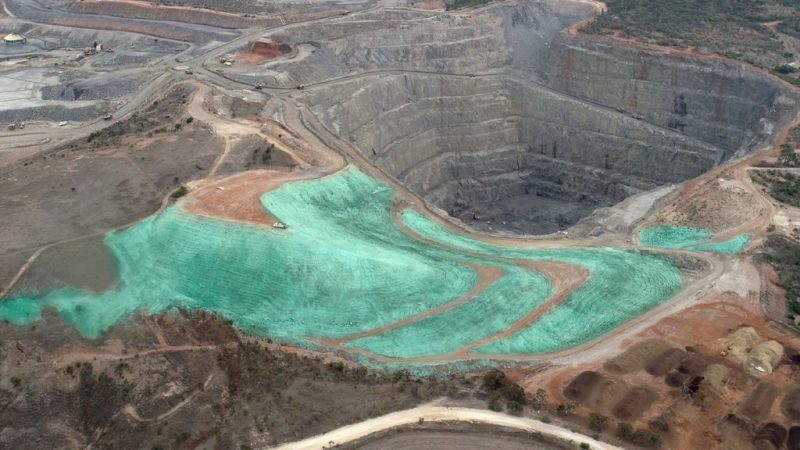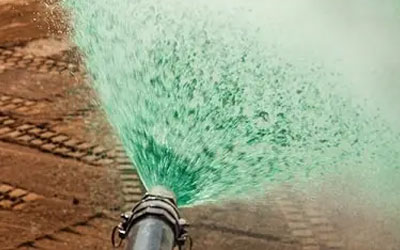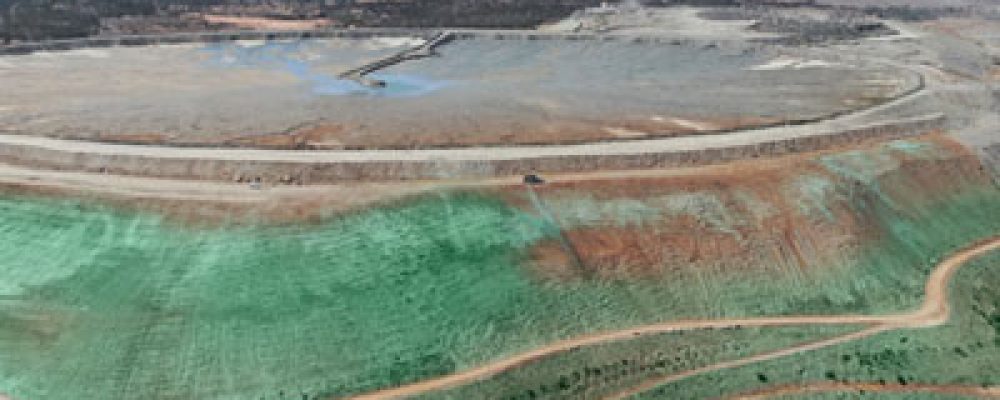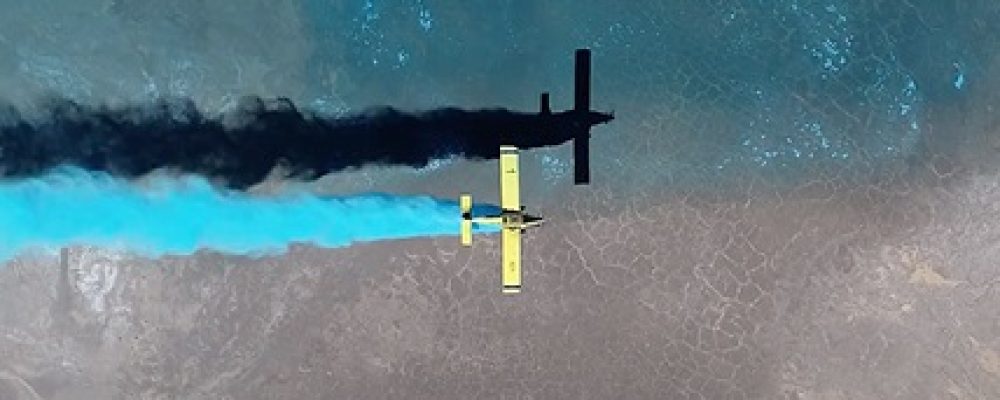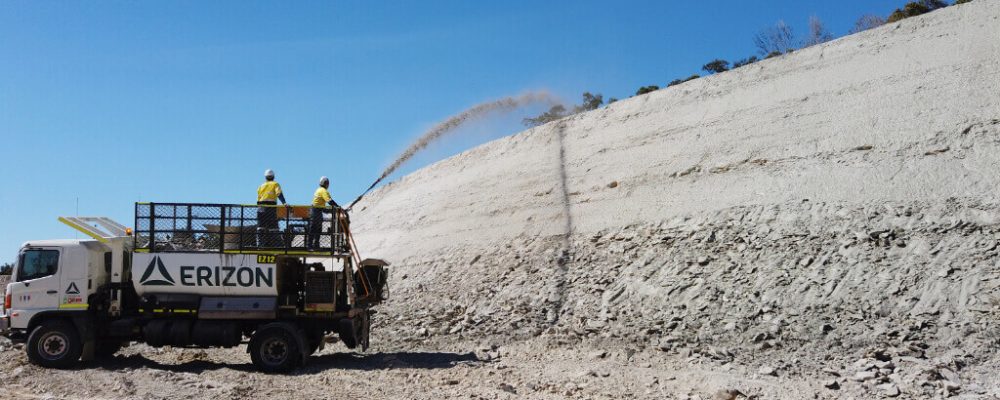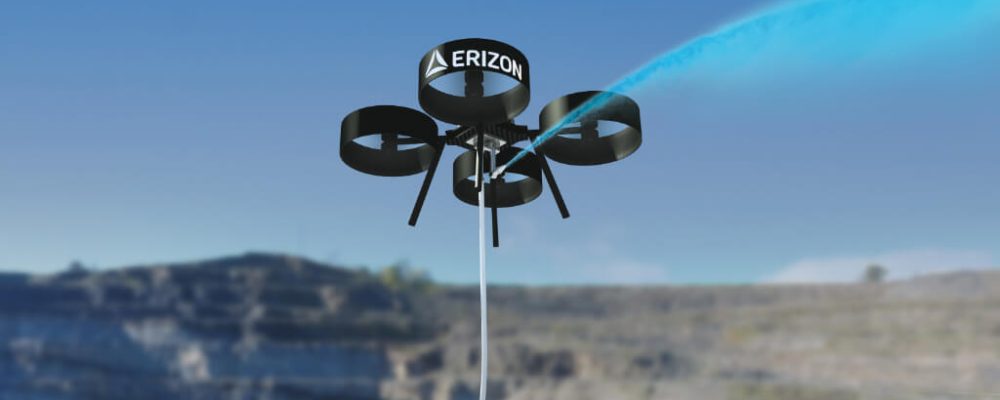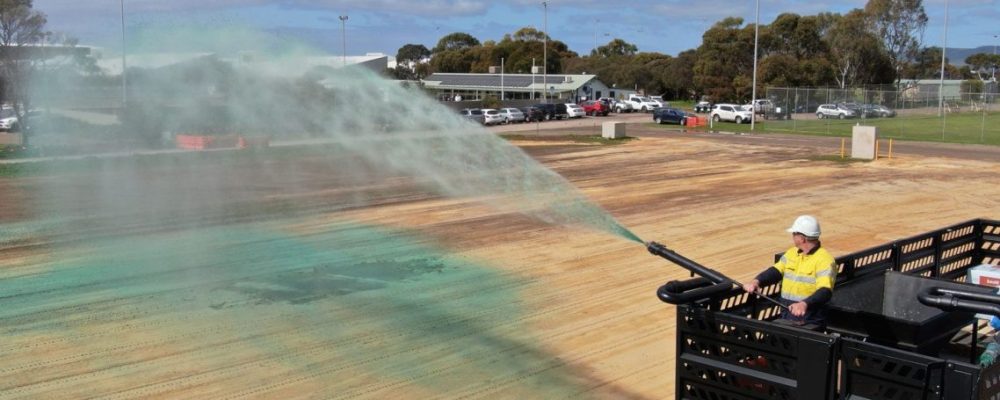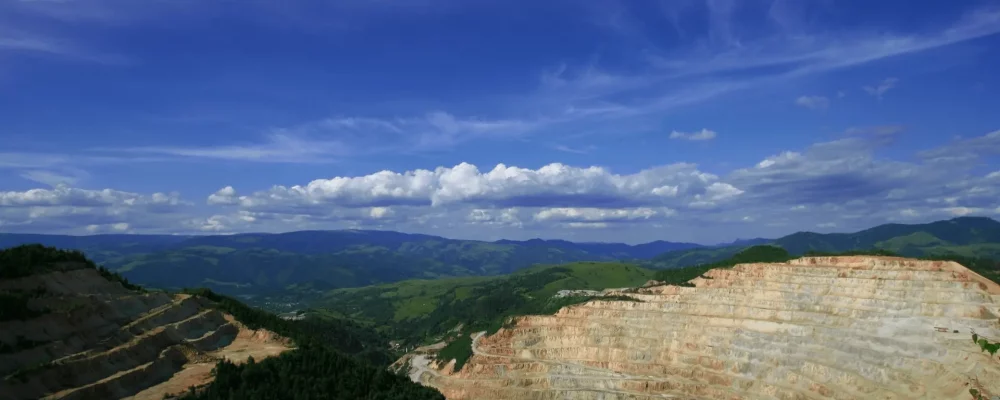Dust is an inevitable part of mining operations. The good news is that there are ways to control dust lift-off and minimise its health and environmental impacts. In this article, we will discuss what PM10 dust is, its impacts, and how mining companies can implement measures to reduce the exposure of workers and nearby communities.
What is Particulate Matter?
Particulate matter (PM), commonly called “dust” refers to organic and inorganic particles in the air we breathe. Inhalable dust particles less than 100 microns in diameter can be breathed into the nose or mouth and seen by the naked eye. On the other hand, respirable dust is too small to be observed by the naked eye. These airborne particles can penetrate beyond the terminal bronchioles and into the gas exchange region of the lungs.
PM10 is dust with particles 10 microns in diameter or smaller. It is also referred to as coarse particles. For perspective, this is smaller than 1/7th of the width of a hair strand. It can be made up of both inhalable and respirable dust and can become lodged in the lower respiratory tract.
Particles 2.5 microns in size or smaller are called PM2.5 dust or fine particles. By way of comparison, 40 fine particles could fit in the diameter of a hair strand. PM2.5 dust accounts for approximately 5% of particulate matter generated in mine sites, mainly from the exhausts of vehicles and equipment.

PM10 Dust in Mine Sites
Around 40% of the dust from mining operations is PM10 dust. Mechanical disturbance of rock and soil through bulldozing, blasting, shoveling, and passing vehicles on haul roads generates dust.
Prolonged exposure to PM10 dust can adversely affect workers in the mine site or the nearby communities. Some of the associated health risks include:
- Coughing and shortness of breath
- Respiratory failure
- Worsening symptoms of asthma
- Pneumoconiosis
- Allergic reactions
The impacts of dust on surrounding communities depend on various factors such as proximity to the mine site, the wind, and other climatic conditions
As PM10 dust gets carried by the wind and settles on the ground or water, it can impact the environment through the following:
- Changes in the nutrient balance in coastal waters and river basins
- Depletion of soil nutrients
- Damages to farm crops and forests
- Disturbance in the diversity of ecosystems

Dust Exposure Limits According to State
The standards are generally consistent across all Australian states and territories, but the date of implementation varies. Here are the dust exposure limits across the country:
- South Australia– From 1 July 2020, SafeWork SA has implemented a reduced workplace exposure limit (WEL) for respirable crystalline silica to an 8-hour TWA (time-weighted average) of 0.05mg/m3.
- Victoria– The exposure standard for crystalline silica dust is 0.05mg/m3 as a TWA airborne concentration over 8 hours. According to WorkSafe Victoria, workers must not face exposure to particulate over 0.02mg/m3 as a TWA in order to protect them against silicosis and lung cancer. A
- Queensland– As of 1 September 2020, the silica dust TWA occupational exposure limit (OEL) saw a reduction from 0.1 mg/m3 to 0.05 mg/m3, while the TWA OEL is now 2.5 mg/m3 from the previous 1.5 mg/m3.
- New South Wales– The silica dust regulatory limits are currently set at 0.05mg/m3, while the new respirable coal dust workplace exposure standard of 1.5mg/m3 took effect on 1 February 2021.
- Western Australia– From 27 October 2021, Western Australia has capped its respirable coal dust exposure to 1.5 mg/m3 and has reduced the respirable silica dust exposure standard by 50% to 0.05 mg/m3.
- Australian Capital Territory– From 1 July 2021, the workplace exposure standard for respirable crystalline silica has been reduced from 0.1 mg/m3 to 0.05 mg/m3.

Reducing PM10 Dust Levels in Mine Sites
There are many ways to reduce dust in open-pit mines. Traditionally, mining companies use fog cannons, water carts, and conveyor suppression systems. However, there are limits to these approaches:
- Excessive use of water
- Water pooling and run-off may lead to health and safety risks
- Low pressure water may not control PM10 dust effectively
Erizon has scientifically developed a range of dust suppression products for tailings, stockpiles, and haul roads to reduce the need for water usage and counter these challenges. These solutions feature variable functional longevity of up to 24 months after a single treatment.
- SuppressX– A dust control solution specifically designed for non-trafficked areas. It creates a protective barrier that eliminates dust lift-off without changing the composition of the substrate underneath.
- HydroBond-This economical dust suppression solution locks in dust while allowing air and water to penetrate. This is best for when dust is the immediate concern, but longer-term revegetation is the goal.
- RoadBond– A non-corrosive dust suppressant designed for unsealed road surfaces. It eliminates the need for continued use of water carts onsite, saving water and money.
- FibreLoc– An advanced dust control solution that involves the use of interlocking wood fibres to form a flexible, stable blanket that can withstand the harshest weather conditions. It is perfect for extreme conditions where polymer solutions aren’t suitable.
The best solution will depend on your site-specific needs and for this reason, it’s always important to speak with an expert when tackling dust problems. Erizon are national experts in the field of dust suppression and are well equipped to handle any issues that may arise during open-pit mining operations.
